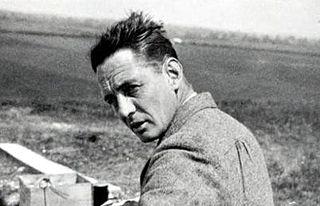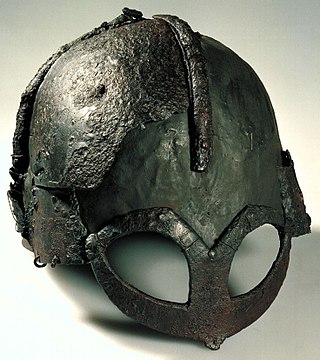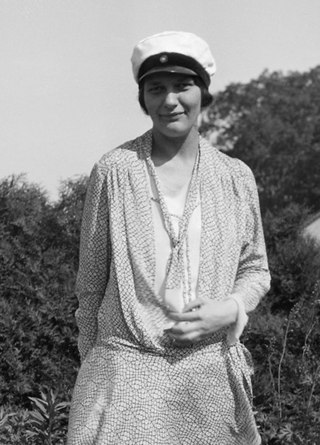Related Research Articles

Avebury is a Neolithic henge monument containing three stone circles, around the village of Avebury in Wiltshire, in south-west England. One of the best-known prehistoric sites in Britain, it contains the largest megalithic stone circle in the world. It is both a tourist attraction and a place of religious importance to contemporary pagans.
Below are notable events in archaeology that occurred in 1937.
Below are notable events in archaeology that occurred in 1926.

The barber surgeon of Avebury is a skeleton discovered in 1938 at Avebury henge monument in Wiltshire, England.

Alexander Keiller was a Scottish archaeologist, pioneering aerial photographer, businessman and philanthropist. He worked on an extensive prehistoric site at Avebury in Wiltshire, England, and helped ensure its preservation.
Below are notable events in archaeology that occurred in 1843.
Below are notable events in archaeology that occurred in 1934.
Below are notable events in archaeology that occurred in 1922.
Below are notable events in archaeology that occurred in 1888.

Below are notable events in archaeology that occurred in 1943.
Below are notable events in archaeology that occurred in 1902.
Below are notable events in archaeology that occurred in 1928.
The year 1955 in archaeology involved some significant events.
Keiller is a surname of Scottish origin. It is a variant of Keillor. It is also a given name.
Alexander Keiller or Keillor may refer to:

Anna Berit Wallenberg was a Swedish archaeologist, anthropologist, art historian, photographer, and philanthropist. She established a research foundation, the Berit Wallenberg Foundation, that awards funds to these areas. Since its establishment, it has been providing support to cultural heritage institutions, art historians, and archaeologists. In 1936, she became the first Swedish woman to be appointed as a supervisor for the national heritage committee, responsible for the restoration of the Lovö church.
Harold St George Gray was a British archaeologist. He was involved in the Pitt Rivers Museum in Oxford and later was the librarian-curator of the Museum for the Somerset Archaeological and Natural History Society. He excavated at various sites in the South West of England, including Arbor Low, Glastonbury Lake Village, Avebury, and Windmill Hill.
Gabrielle Muriel Keiller was a Scottish golfer, art collector, archaeological photographer and heir to Keiller's marmalade in Dundee. She bequested a large collection of Dada and Surrealist art to the Scottish National Gallery of Modern Art.
Badshot Lea Long Barrow, also known as Farnham Long Barrow, was an unchambered long barrow located near the village of Badshot Lea in the south-eastern English county of Surrey. It was probably constructed in the fourth millennium BCE, during Britain's Early Neolithic period.
References
- ↑ "The scientific work". Archaeological Museum of Thebes . Retrieved 2017-11-23.
- ↑ "Drum". British Museum. Archived from the original on 2021-04-11. Retrieved 2022-02-16.
- ↑ "Keiller, Alexander (1889-1955), businessman and archaeologist". nationalarchives.gov.uk. Retrieved 27 May 2017.